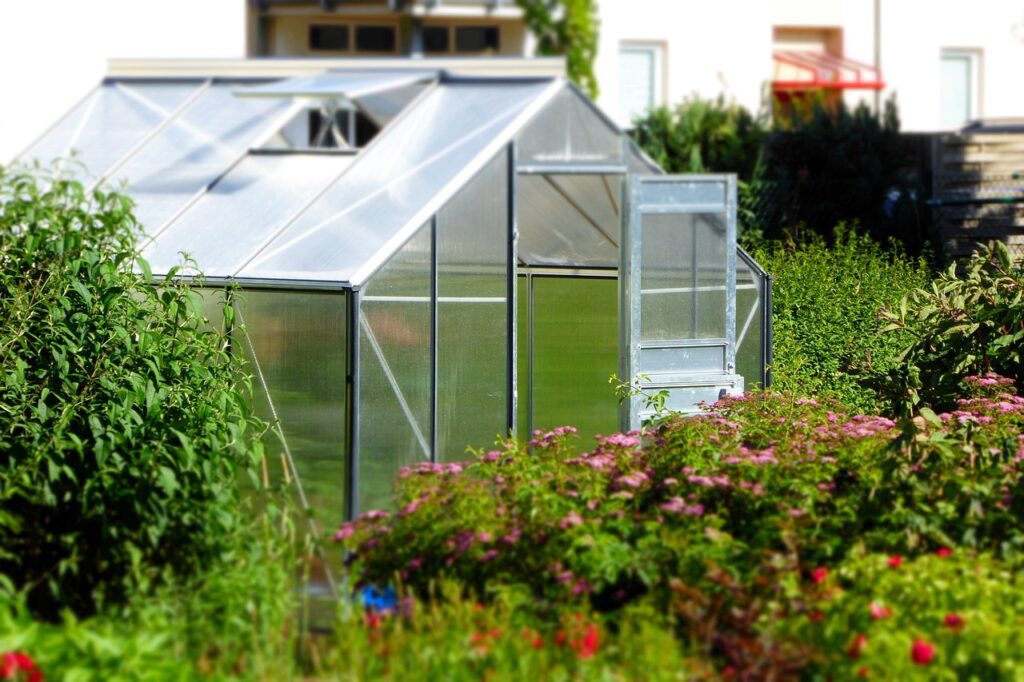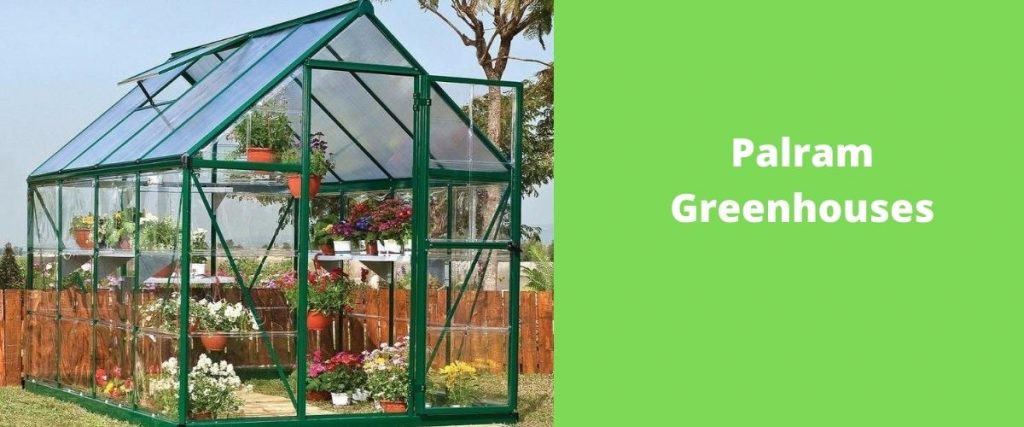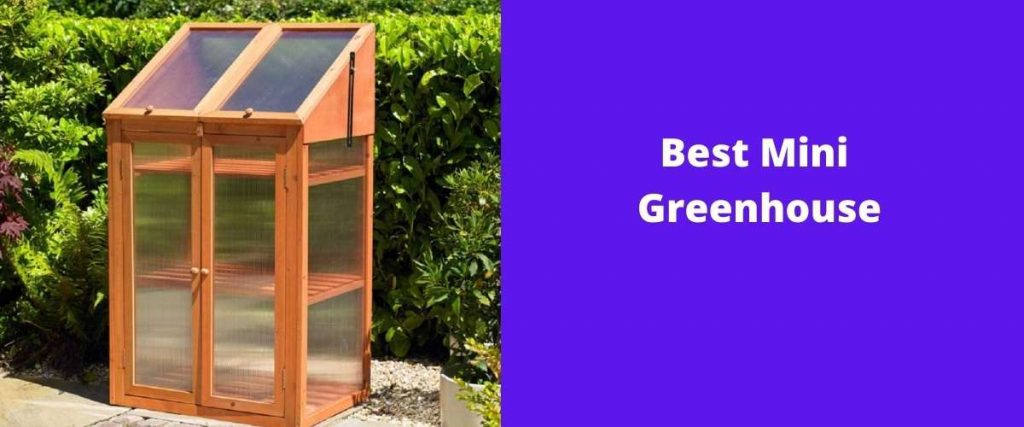Glazing is crucial for a greenhouse because it helps preserve heat, which is the primary goal of growing – while also allows enough light to flow through for photosynthesis. Greenhouses employ a variety of glazing materials, with some having double glazing.
You may believe that double glazing is exclusively for your home’s glass windows, but it is actually a good long-term greenhouse investment.


Your greenhouse’s position is determined by your garden, geographical location, and the greatest light options accessible to you. If your greenhouse is going to be a permanent construction, double glazing is the most practical and effective choice.
Why Should Your Greenhouse Have Double Glazing?
The major benefit of growing in a greenhouse is that you can grow things all year round. A greenhouse is constructed in such a manner that it can sustain ideal growth conditions even in the most severe weather.
As a result, even in the winter, you may cultivate plants that thrive in higher temperatures. While heaters may be used to raise the temperature inside the greenhouse, you may not need them in some situations if you utilize the proper Glass. When temperatures do not drop much, single glazing is sufficient.
However, in really cold weather, double glazing aids in the retention of more heat within the greenhouse.
When the greenhouse is double Glass, the expense of heating it is considerably decreased.
For example, with double glass glazing, heating costs can be decreased by up to 40%. This is due to the fact that double glazing lowers heat loss substantially in the cold.
Types of Double Glazing
1. Double Glass Glazing
Glass glazing is still used in most greenhouses today. It is more widely utilized since it is readily available and has a lengthy history of use.
Double glazing transmits light equally effectively and maintains heat efficiently throughout the cold months.
However, you must make sure that moisture and air do not collect in the space between two welded glass panes since this may reduce light transmission throughout the day.
Furthermore, because Glass is readily broken, you must take extra precautions to ensure that the greenhouse is placed in a secure area.
2. Double Polycarbonate Glazing
Recently, polycarbonate glazing has become more popular. Because double glazing is lighter than double glass glazing, it requires less structural support.
It’s also more durable than Glass and maintains heat better. It substantially lowers the danger of scorching and injuring the plants during the hotter summer days since it emits diffused light.
Despite the fact that single-layer – corrugated – polycarbonate glazing is virtually ideal, double-layer polycarbonate glazing decreases light transmission to some amount – although not nearly as much as double-pane glass.
Polycarbonate, like other types of plastics, is more susceptible to condensation.
3. Double Plastic Film Glazing
Flexible film plastic glazing has recently improved in terms of transparency, strength, and heat retention.
Despite the fact that they are less expensive than rigid plastic glazing, they are not widely utilized in most residential greenhouses, owing to their shorter lifespan.
Plastic film glazing is a better option just when the greenhouse is extremely small, more of a mini structure to test the greenhouse growth principle, to grow 1 or 2 plants.
Alternatively, in the case of commercial greenhouses, when the expense of Glass or stiff plastic might be too expensive.
Benefits of Double Glazing
- Double glazing was created in order to give better insulation than single glazing. The double-glazed greenhouse creates a more effective barrier, reducing heat transfer to the chilly outside air.
- The weight strain on the greenhouse frame can be considerably increased if you utilize double glass glazing.
- The majority of greenhouse frames are made to support a single pane of Glass. Their holding capacity is suitable for single-glazing applications.
- Make the required changes to the frame structure to allow the greenhouse to support the weight of the double Glass. Partially bricked walls are one option.
- Even if the double glazing reflects some of the extra heat during the hotter months, due to the high temperature outside, you still need sufficient ventilation inside.
- You can open the windows, but adding exhaust fans, which will help to remove excess heat from the greenhouse, is a better option.
Glass Glazing for Greenhouse
Glass is a timeless and elegant glazing option. Because of its visual appeal, many gardeners choose glass greenhouses as their ideal choice.
It has long been the standard greenhouse glazing material. It allows the most amount of light to pass through.
The purpose of a greenhouse is to harness the sun’s energy to heat a space where plants may be grown outside of the growing season. It is pointless to have a space that does not retain heat. Glass is a fast-heating and -cooling material.
As a result, it does not hold heat for a long time. During the long winter nights, this can be fatal to plants. A single sheet of Polycarbonate film, on the other hand, is less effective at retaining heat than ordinary Glass.
Fortunately, most Polycarbonate greenhouse products are constructed of double-walled material, which consists of two sheets of film joined together with space between them.
Twin-wall Polycarbonate is a significantly better heat retention and insulator than Glass because of this interior buffer area.
Takeaway/ Conclusion
At the time of purchase, double-glazed glass panes are the more expensive alternative.
However, they are the most efficient in the long run, halving the expense of heating your greenhouse.
Double-glazed panes are significantly better for growing year-round than single-pane Glass or plastics because they retain and keep heat much better.
You may have a reflective coating on the interior of the Glass if you buy your double glazing for your greenhouse from new. This increases the efficiency of the greenhouse by reflecting heat and light into it.


